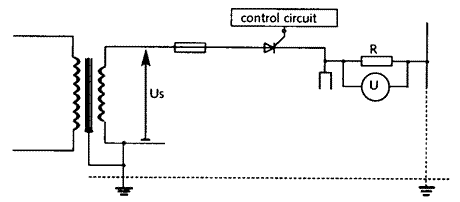I just need some clarification on the earth loop test that's required on a COC, where can I find the acceptable values for this test In the SANS book?
And can this test be done with the standard loop tester if it's over 100A at the main switch as I know we need to calculate for PSCC If over 100A?
I have recently been doing factory COC and most if not all the Main Db's and Sub Db's main swiches are over 100a.
Any help would be appreciated.
And can this test be done with the standard loop tester if it's over 100A at the main switch as I know we need to calculate for PSCC If over 100A?
I have recently been doing factory COC and most if not all the Main Db's and Sub Db's main swiches are over 100a.
Any help would be appreciated.





Comment